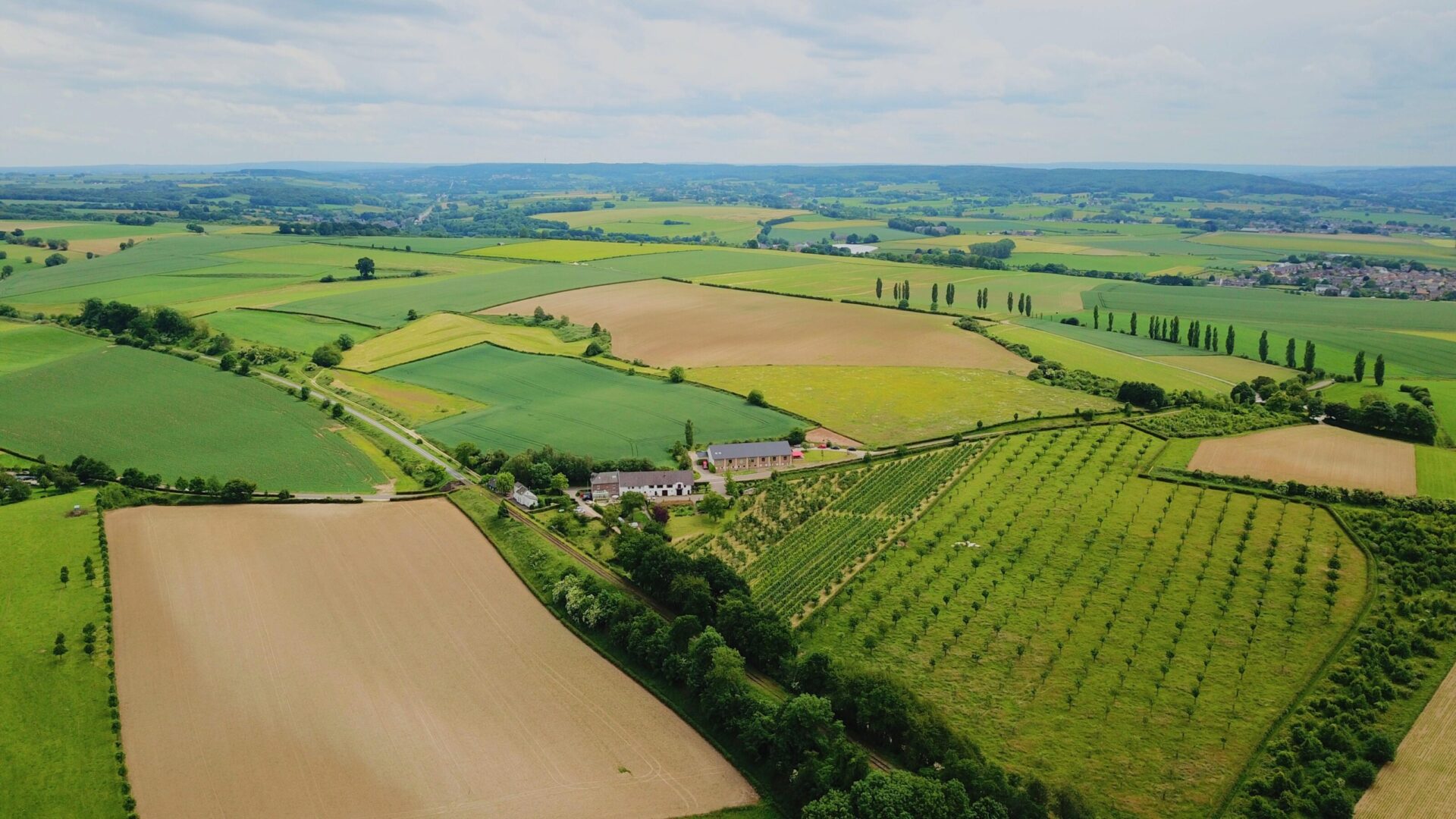The Dutch model of the future of farming

Despite its size, the Netherlands packs a punch in agritech, and investors have noticed.

Since taking over the family farming business in 2006, Jacob van den Borne has become a model of precision agriculture, introducing everything from GPS systems to autonomous tractors and soil sensors. This has improved his potato yields by up to 1% annually since 2010, and he is already eyeing the next set of advancements. “We now see the potential of big data, robotics and artificial intelligence (AI) to help further optimise yield and quality,” he says. “If we can really understand all of mother nature’s processes, then I think the opportunities are a lot bigger than what we do now.”
Among the Dutch, Mr van den Borne is no anomaly. The Netherlands has emerged as a leader in all forms of agritech, which improves crop resilience and farming efficiencies while minimising land use. It has helped the tiny country become the world’s second biggest exporter of food, beaten only by the US. Much of this crop yield is produced in high-tech greenhouses: “In open fields in Spain you can harvest around 4 kilograms of tomatoes per square metre. A Dutch high-tech greenhouse produces 80 kilograms per square metre and with four times less water,” notes Ernst van den Ende, managing director of the plant sciences group at Wageningen University & Research, which ranks as the world’s best agricultural university.
The Netherlands’ rise
As often happens with venture capital, in its early years Amsterdam-headquartered Anterra focused on the advanced US market. But Mr Anders now finds more opportunities closer to home: “The fundamental technologies and ideas are well-placed in Europe, and extremely well-paced in the Netherlands.”
He sees the country leading innovation in five main agricultural areas: dairy, piggeries, vegetable seeds, greenhouse and flowers. “Its history as a trading nation, through which it gathered the best of technology from around the world, made it open to new ideas and fostered an entrepreneurial mindset,” Mr Anders adds. “That has translated into developing a nimble and tech-first food system.”
While the Dutch are nurturing these advancements, the instigators often come from further afield. “Everyone is looking to the Netherlands to come up with new food production systems. But that doesn’t mean everything is being done by the Dutch,” says Maarten Schans, Invest in Holland’s agrifood specialist. Indeed, much is happening through international consortia. “If you want to be a part of that, it makes sense to have a presence here, to be connected to the right people and opportunities,” he adds.
THE SECRET SAUCE
The Netherlands offers lessons for governments wanting to improve food security, particularly after Covid-19 revealed the fragility of global supply chains. It is difficult to replicate its farming heritage and being home to Rabobank, the world’s biggest agriculture lender, but other targets are more achievable.
Horticulture and agrifood are among the government’s nine so-called ‘top sectors’, in which it encourages innovation via public–private partnerships and bringing together academia and business. While Wageningen University is world-renowned, the sector’s success is supported by a broader knowledge cluster that includes strong ICT, life-science and robotics capabilities. “The challenges being addressed by agritech can only be solved using multiple technologies and a multidisciplinary approach,” says Mr Schans. “That is something we in the Netherlands can handle very well because we have expertise in all these fields and a collaborative mindset.”
For governments and investors alike, now is the time to get on board. “The industry is at the start of a period of enormous disruption,” says Mr Cooper. “This is just the first rung of the ladder.”
Source: fDi Intelligence